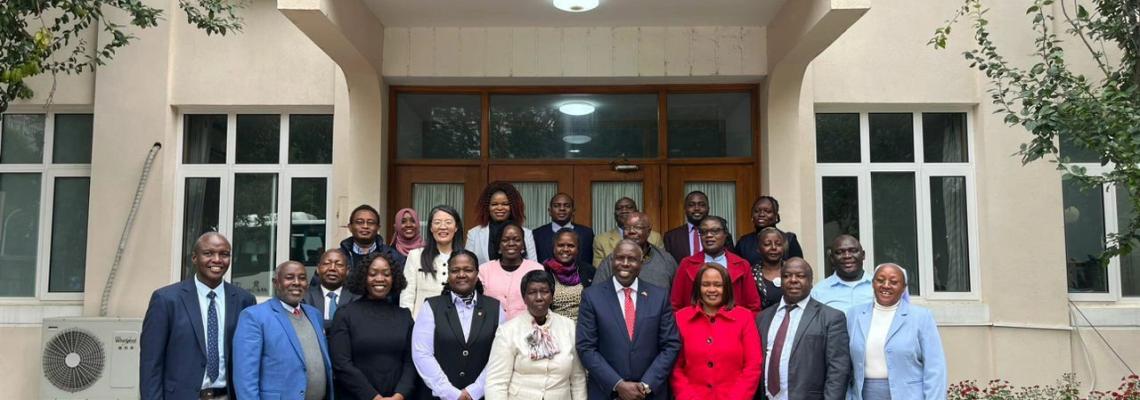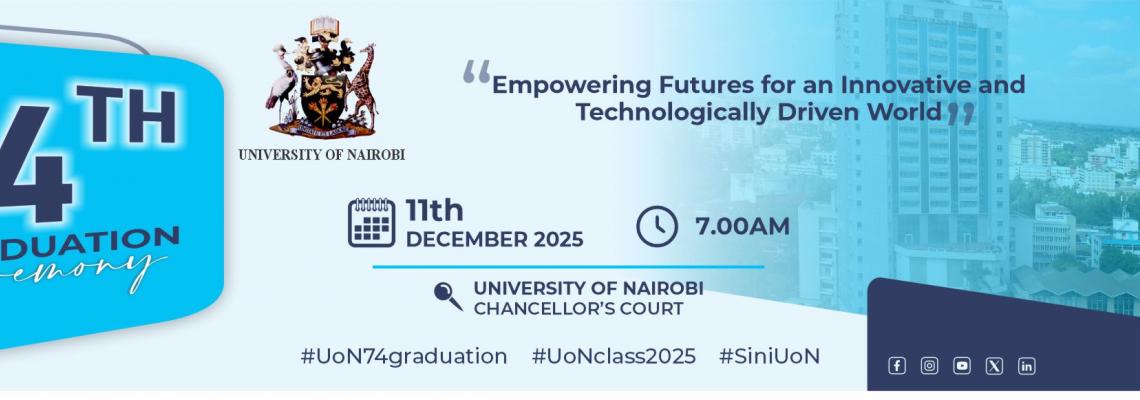Overview
Improving levels of literacy in low-income societies is crucial in securing economic and social progress and lifting people out of poverty. The situation in many regions of Kenya points to low literacy. UWEZO’s 2011 survey in 70 Kenyan districts showed that 28% of grade three children could read a Grade 2 English passage and 36% could read a Grade 2 Swahili passage.
Sponser
ESRC-DFID
Principal Investigator
Abstract
Improving levels of literacy in low-income societies is crucial in securing economic and social progress and lifting people out of poverty. The situation in many regions of Kenya points to low literacy. UWEZO’s 2011 survey in 70 Kenyan districts showed that 28% of grade three children could read a Grade 2 English passage and 36% could read a Grade 2 Swahili passage. Other survey work found that 25% of children could not read a single word in a grade level paragraph. Improving academic outcomes for all learners, particularly the most disadvantaged and hard to reach, is imperative. This paper discusses an innovative service delivery intervention being implemented in Kisii, Nairobi and Machakos counties of Kenya in which teachers are trained to model to older pupils how to support younger pupils to apply four reading comprehension strategies – generating questions, summarising, clarifying and predicting - to improve literacy outcomes. The research sites were important to evaluate the effectiveness of the intervention because of their levels of population and poverty, and educational attainment. Preliminary findings affirm the intervention is well-received. Learners are latching onto reading as a fun and pleasurable activity. Implications for a whole language approach to reading instruction are made.







